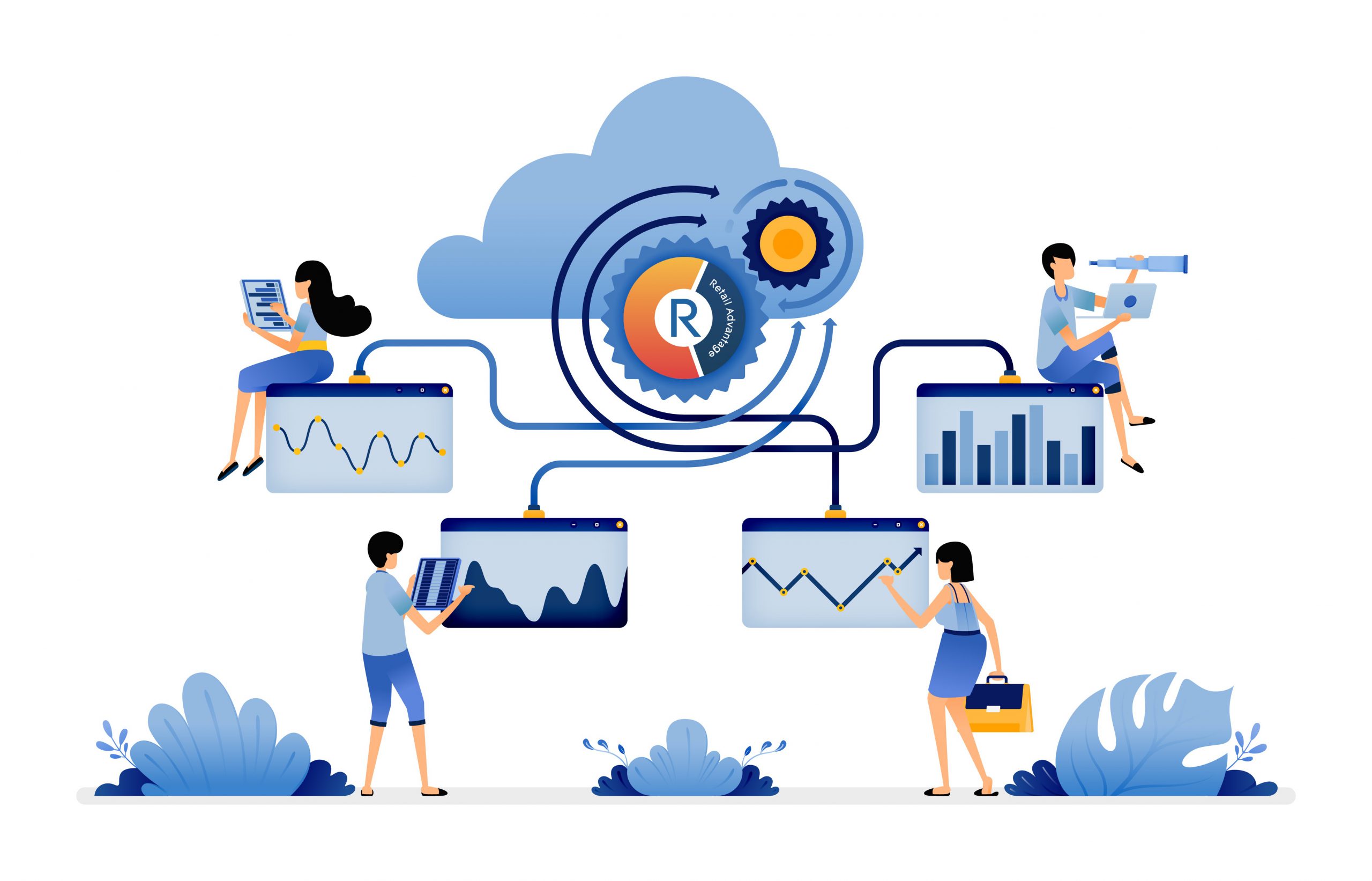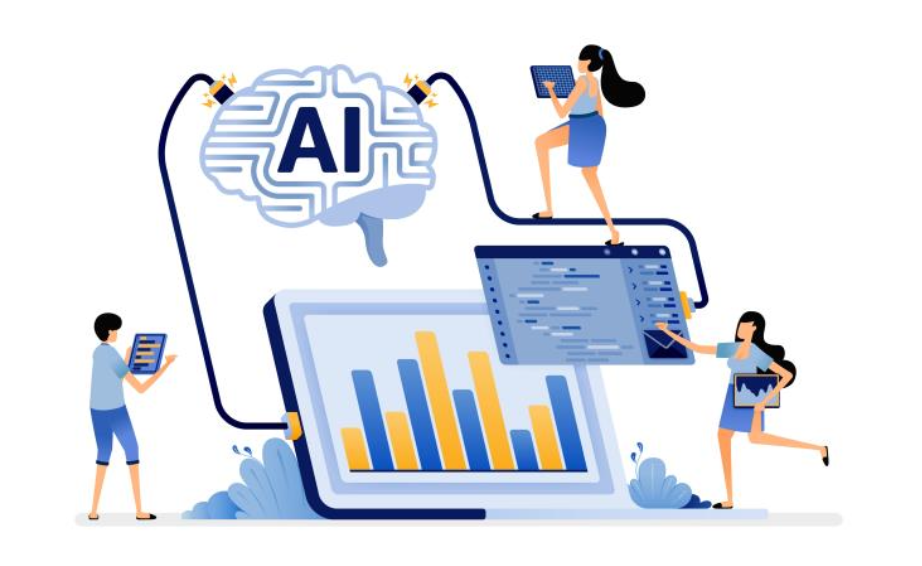
The trusted performance-enhancing property solution has now been enhanced with AI-powered enterprise functionality.
Accelerate decision-making and results
Accessible directly from within the Retail Advantage platform, Insights delivers versatile strategy and explorative AI-powered analysis tools that combine data sets and expand possibilities to deliver actionable answers. Asset owners, operators and destination teams can create data visualisations and identify trends in seconds by asking questions of your data using the intuitive tools in Retail Advantage Insights.


